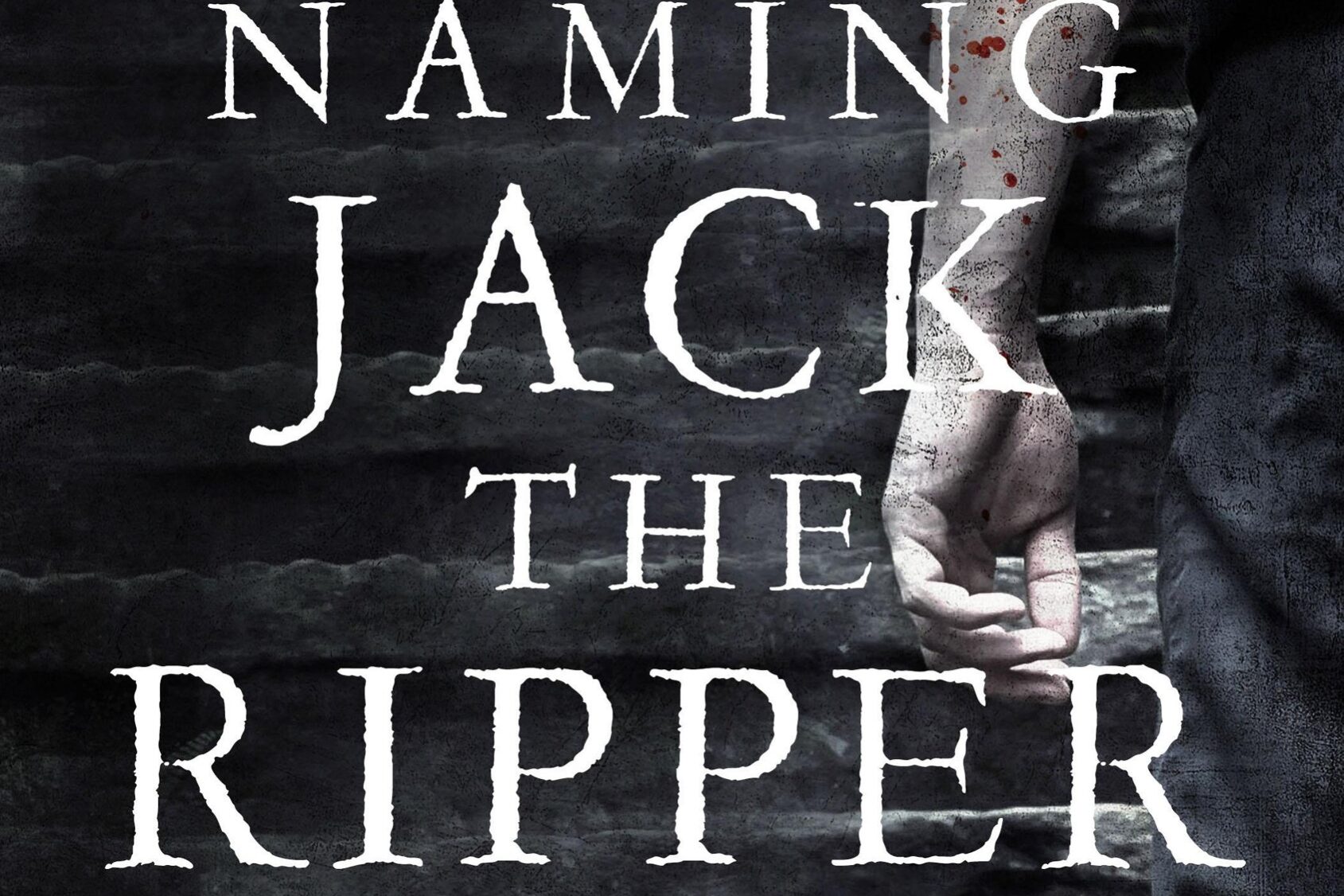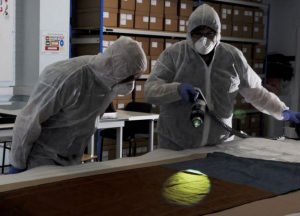With sensational claims emerging today that London’s darkest 120-year-old mystery has been solved, Steve Connor takes a forensic look at the evidence.
Source : The Independent.
Leaving aside, again, whether we can believe the provenance of this crucial piece of evidence, or that it was never washed, or Mr Edwards’ assumption that the shawl was left at the crime scene not by Eddowes – who was far too poor to own such an expensive item – but by the Ripper himself, what links the cloth with Kosminski and the murder?
It turns out that Mr Edwards has been able to track down living descendants of both Eddowes and Kosminki and found that their DNA sequences match DNA samples recovered from the shawl, presumably from the blood of Eddowes and the semen of Kosminski.
The scientist who performed this remarkable feat is Jari Louhelainen, a molecular biologist at Liverpool John Moores University. Unfortunately, he has not so far published his study in a peer-reviewed scientific journal so it is impossible to verify his claims or analyse his methodology.
Leaving aside (yet again) the claim that the shawl was never washed or cleaned at any time during the past 126 years, the biggest problem in carrying out such sensitive DNA analysis is the question of cross contamination. For instance, if Dr Louhelainen’s laboratory worked with the DNA of the two living descendants, how sure is he that this DNA has not contaminated the samples he has extracted from the shawl itself?
When other labs have worked on the ancient DNA of important samples, such as the DNA extracted from Neanderthal bones or the remains of the Romanovs, the last Russian royal family, they have gone to extraordinary lengths to avoid the possibility of cross contamination.
They have also worked on “blind” samples to ensure they do know which sample they are analysing in order to avoid unwitting prejudice, and have even carried out duplicate blinded experiments in two different laboratories to replicate each other’s work.
None of this, as far we know, has been done in this case. Dr Louhelainen may be satisfied that he has found the culprit, but many other scientists are not, including Professor Sir Alec Jeffreys, the man who invented the DNA fingerprint technique 30 years ago this week.
“An interesting but remarkable claim that needs to be subjected to peer review, with detailed analysis of the provenance of the shawl and the nature of the claimed DNA match with the perpetrator’s descendants and its power of discrimination; no actual evidence has yet been provided,” Sir Alec told The Independent.
In any case, as Sir Alec pointed out: “If I remember correctly when I visited the Black Museum at New Scotland Yard, Kosminski was long regarded as by far the most likely perpetrator.”







